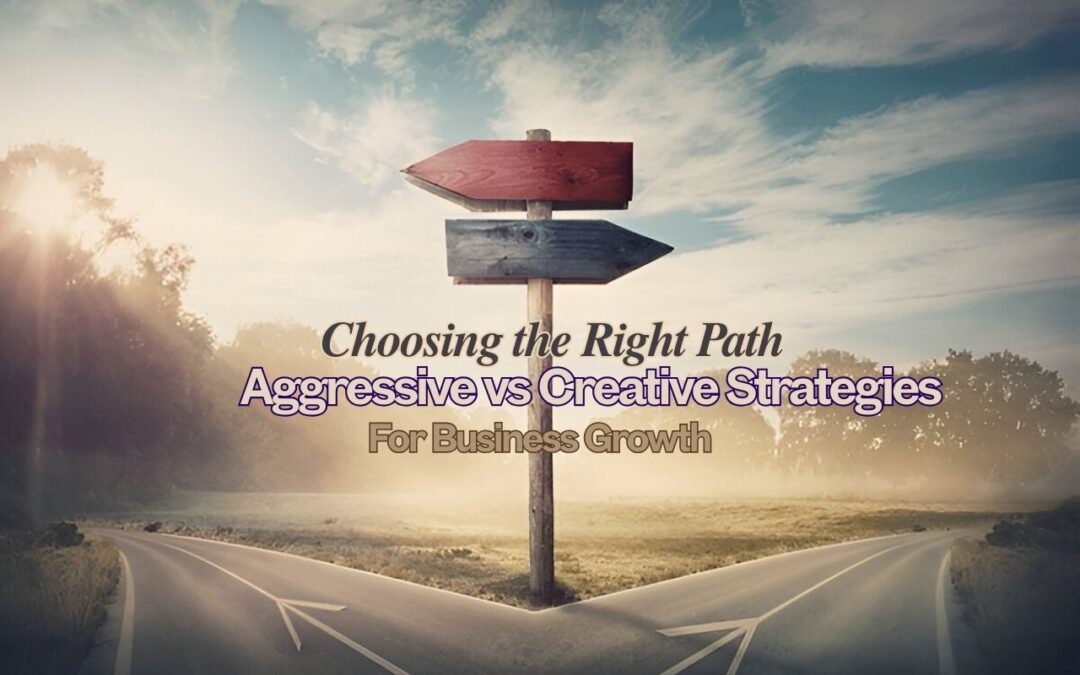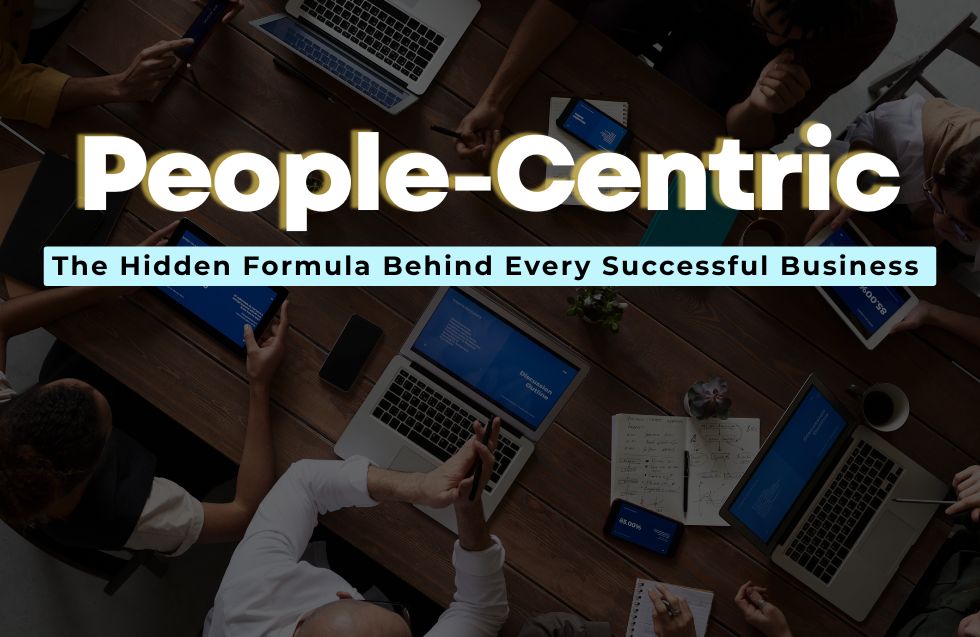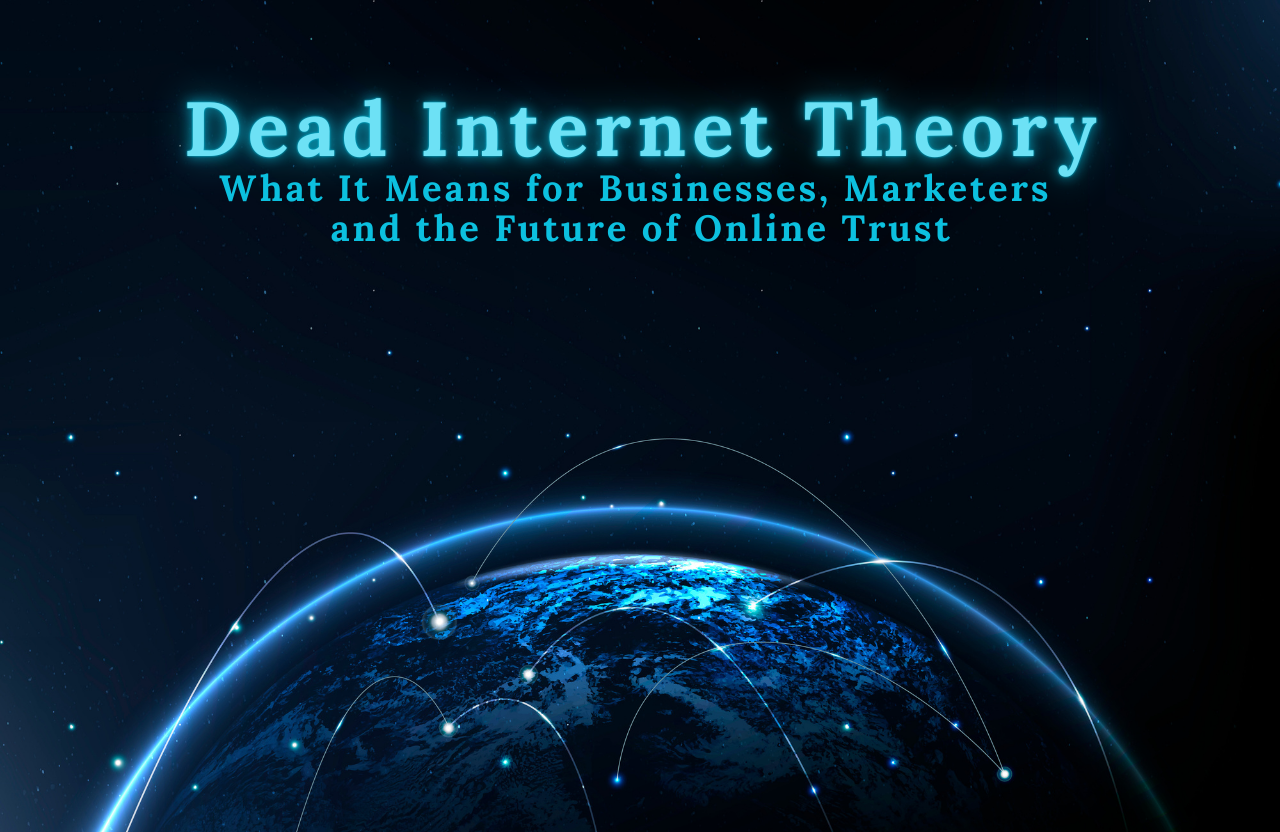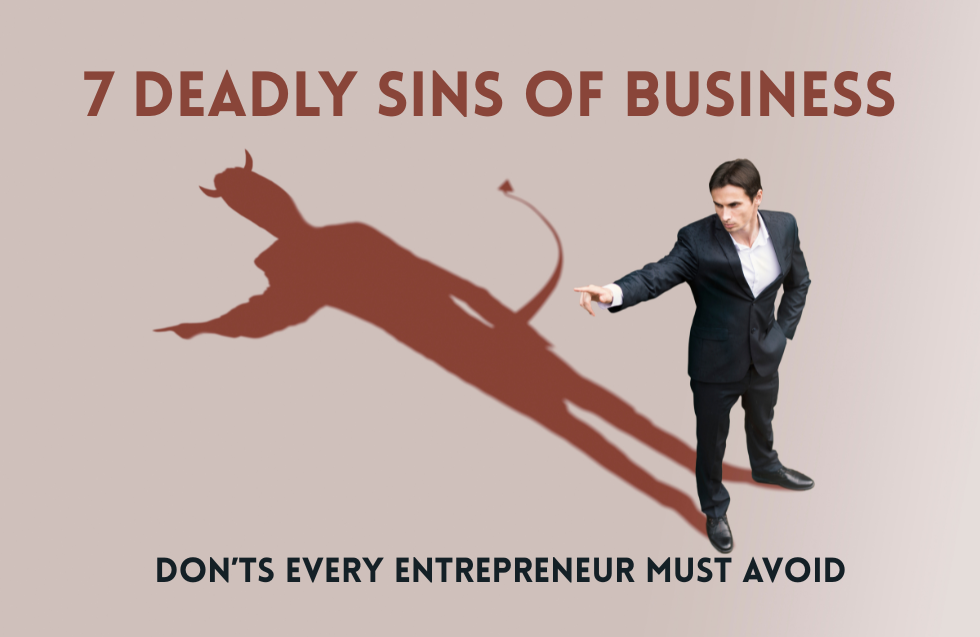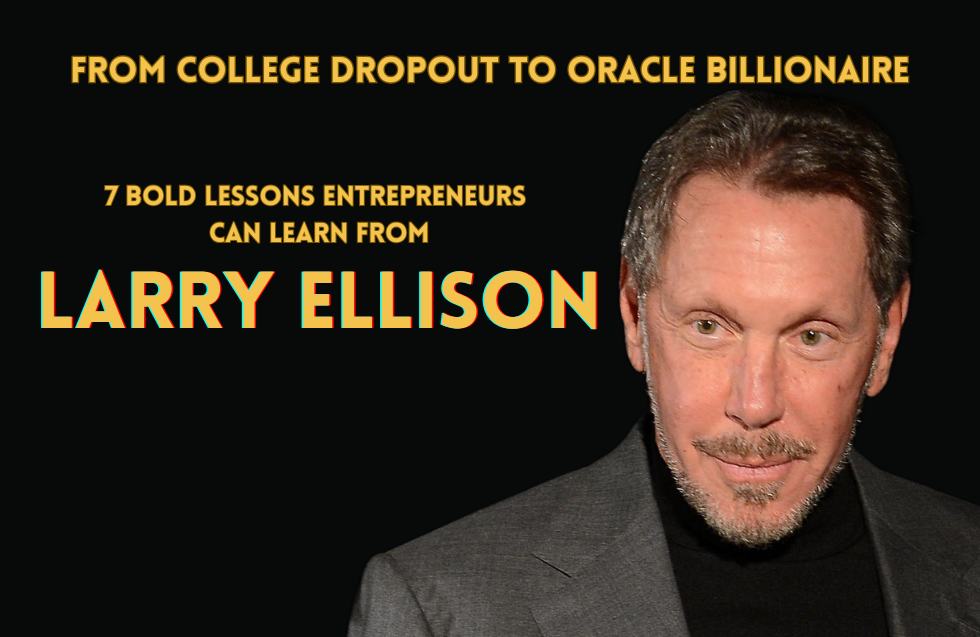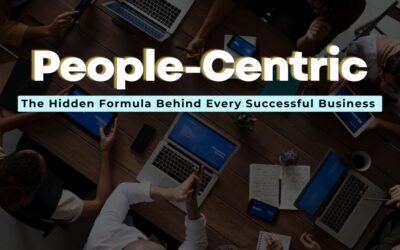In a competitive business world, leaders face the constant challenge of choosing the right growth strategy for their organizations. Traditionally, aggressive business growth — marked by rapid expansion, acquisitions, and assertive market dominance — has been a preferred route for companies seeking quick wins. Yet in recent years, creative business strategies, which prioritize innovation, sustainable growth, and unique value creation, have gained traction as a path toward lasting success.
In this article, we’ll explore the differences between aggressive and creative business growth strategies, focusing on how creativity-driven approaches foster sustainable progress, build brand loyalty, and create lasting value in ways that aggressive tactics cannot always match. For business leaders and entrepreneurs, understanding the balance between these two paths can help in choosing the right strategy to drive meaningful growth.
Understanding Aggressive Business Growth
Aggressive business growth strategies are driven by a strong focus on speed, market capture, and high returns. Companies that employ aggressive strategies often prioritize scaling quickly and capturing as much market share as possible in a short period. Tactics associated with this approach include:
- Rapid Expansion: Aggressive growth often relies on entering new markets or launching new products swiftly, even if it means taking on substantial risk.
- Acquisitions and Mergers: This approach may involve buying competitors or merging with other companies to strengthen market presence and eliminate rivals.
- Price Wars and Competitive Tactics: In a bid to outperform competitors, aggressive strategies may involve undercutting prices or engaging in high-stakes competition.
- High Capital Investment: Aggressive growth typically requires significant investment in marketing, infrastructure, and human resources, leading to substantial financial risk.
While these tactics can yield impressive short-term results, they can also carry considerable risks, especially in terms of brand reputation, financial sustainability, and customer loyalty. In the long term, the consequences of an overly aggressive approach can include market saturation, employee burnout, and decreased consumer trust.
Statistics on Aggressive Business Growth
- According to a survey by McKinsey, 56% of companies pursuing aggressive growth through acquisitions experienced financial strain or instability within three years.
- Research by Harvard Business Review shows that only 30% of companies maintain long-term gains from aggressive growth, often due to high capital outlays and mounting operational costs.
- In a report by Bain & Company, companies focused on aggressive expansion are 40% more likely to encounter reputation risks, including customer backlash due to aggressive pricing and marketing tactics.
Given these challenges, it’s clear that aggressive growth has limitations and often lacks sustainability. By contrast, creative growth strategies take a more customer-centric, innovation-focused approach to ensure that a business’s expansion aligns with long-term goals.
Embracing Creative Business Growth
Creative business growth emphasizes innovation, sustainable practices, and adding unique value for customers. Instead of prioritizing rapid expansion and competitive tactics, creative strategies focus on developing products, services, or brand experiences that resonate with customers on a deeper level. Creative growth strategies include:
- Innovation and Product Development: By investing in research and innovation, companies can develop products or services that meet customer needs in novel ways, setting themselves apart in the marketplace.
- Customer-Centric Approach: Creative growth often focuses on building strong relationships with customers through personalized services, brand experiences, and customer engagement.
- Sustainable Practices: Emphasizing sustainability in operations, supply chains, and product design can attract environmentally-conscious consumers and build long-term brand loyalty.
- Brand Storytelling: Creative growth also involves building a strong brand narrative that resonates with audiences, fostering an emotional connection between the company and its customers.
By taking a creative approach, companies can nurture sustainable growth that is grounded in customer loyalty, brand strength, and a reputation for innovation. Unlike aggressive tactics, creative growth does not rely on rapid expansion but instead focuses on developing a business’s unique identity and value.
Examples of Creative Growth Strategies
- Apple Inc.: Apple’s focus on design, innovation, and brand storytelling has turned it into one of the most valuable companies in the world. Rather than aggressively pursuing market share, Apple builds brand loyalty by consistently releasing well-designed, innovative products that offer a unique user experience.
- Patagonia: Known for its sustainable practices and commitment to the environment, Patagonia has carved out a niche in the outdoor apparel market by appealing to eco-conscious consumers. Its “Don’t Buy This Jacket” campaign encouraged customers to consider environmental impact, strengthening its brand and driving long-term loyalty.
- Tesla: Tesla’s focus on innovation, sustainability, and unique design has enabled it to become a leader in the electric vehicle industry. Rather than relying solely on aggressive growth tactics, Tesla’s creative approach has turned it into a symbol of cutting-edge technology and environmental consciousness.
Benefits of Creative Growth
- Long-Term Customer Loyalty: Creative growth nurtures a loyal customer base by providing unique value and building emotional connections.
- Differentiation in the Market: By focusing on creativity and innovation, companies can stand out from competitors, attracting customers who seek something beyond standard offerings.
- Sustainability and Reputation: Creative growth aligns with sustainable practices, which can enhance a company’s reputation and appeal to eco-conscious consumers.
- Reduced Risk: Unlike aggressive tactics that involve substantial financial and operational risks, creative growth often takes a gradual approach, allowing companies to adapt to changing market dynamics.
Statistics on Creative Business Growth
- A study by Deloitte reveals that brands with strong customer engagement and loyalty driven by creative growth practices have 23% higher profitability over the long term compared to aggressive competitors.
- According to Accenture, 62% of global consumers prefer brands that focus on sustainability, a trend that supports the value of creative growth in appealing to eco-conscious audiences.
- Data from Forrester indicates that companies prioritizing innovation and creativity in product development experience 2.5 times faster growth than their counterparts who rely solely on aggressive tactics.
Why Creative Growth Outweighs Aggressive Strategies for Long-Term Success
While both aggressive and creative strategies can drive growth, creative growth offers distinct advantages for companies looking for sustainable success. Here’s why a creative approach may be more advantageous:
1. Enhanced Brand Equity and Loyalty
Creative growth strategies allow companies to establish a unique brand identity and build strong connections with customers. Instead of viewing customers as transactions, creative companies aim to create meaningful experiences that foster loyalty and advocacy. As a result, they not only retain customers but also benefit from word-of-mouth marketing and customer referrals, which are highly valuable for long-term growth.
2. Adaptability to Market Changes
Creativity-oriented businesses are typically more adaptable to changing market dynamics because they prioritize innovation and responsiveness to customer needs. Rather than aggressively pursuing a single market segment, these companies remain agile, allowing them to pivot and respond to evolving consumer demands and market trends.
3. Sustainable Profitability
Creative growth aligns with a sustainable approach to business. Instead of chasing short-term gains, companies that emphasize creativity can achieve steady growth and profitability over time. By focusing on long-term value creation, these businesses build a financial foundation that is less vulnerable to market fluctuations and economic downturns.
4. Positive Corporate Reputation
Companies that engage in aggressive tactics, such as price wars and rapid expansion, may face backlash from customers or the public if they are perceived as sacrificing quality or ethics for profit. In contrast, creative businesses often build a positive reputation by focusing on customer-centric innovation, sustainability, and ethical practices, enhancing their image in the eyes of consumers, investors, and stakeholders.
Balancing Aggressive and Creative Strategies: Finding the Right Approach
While creative growth has numerous benefits, it’s essential for companies to strike a balance between creativity and assertiveness. A balanced approach that incorporates elements of both aggressive and creative growth can be highly effective for businesses in today’s competitive landscape.
For example, a business might use aggressive tactics to establish a presence in a new market but then shift to creative strategies to foster customer loyalty and brand differentiation. This hybrid approach enables companies to expand swiftly without sacrificing their core values or alienating their customer base.
Tips for Implementing Creative Growth Strategies
- Focus on Customer-Centric Innovation: Develop products and services that address customer needs and offer unique value. Conduct market research to understand consumer preferences and focus on solving real problems.
- Build a Strong Brand Narrative: Use storytelling to convey your brand’s mission, values, and personality. Engage customers by sharing your company’s journey, vision, and the impact of your products on their lives.
- Prioritize Sustainable Practices: Incorporate sustainability into your operations, products, and supply chain. Consumers today value companies that demonstrate environmental and social responsibility.
- Invest in Employee Development: A creative growth strategy requires a skilled and motivated workforce. Invest in employee training and development to foster creativity, innovation, and a customer-centric mindset.
- Leverage Technology for Innovation: Use technology to improve products, personalize customer experiences, and streamline operations. Artificial intelligence, data analytics, and automation can enhance creative growth by allowing companies to better understand and serve their customers.
Conclusion: Why Creative Growth is Key to Long-Term Success
In an era where consumers value innovation, sustainability, and personalization, creative growth has become a crucial strategy for building a resilient and customer-focused business. While aggressive growth tactics can offer short-term wins, they often come at the cost of long-term stability, customer loyalty, and brand reputation.
Creative growth not only enhances brand equity but also allows companies to remain agile, sustainable, and adaptive to shifting market dynamics. As businesses face an increasingly complex and competitive landscape, prioritizing creativity and customer-centric innovation will be essential for achieving meaningful and lasting success.
By balancing creativity with strategic assertiveness, businesses can navigate challenges, seize opportunities, and create a brand that resonates with consumers today and in the future.
